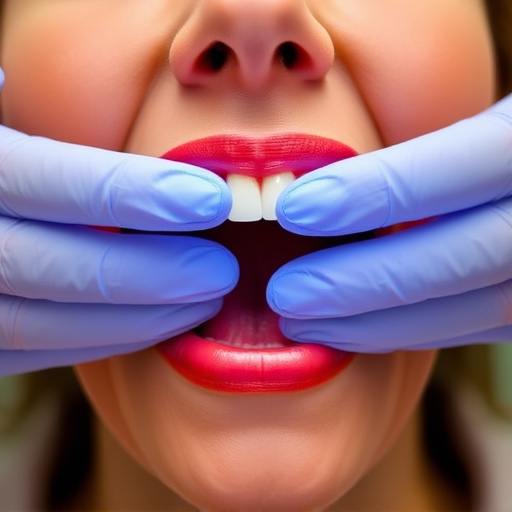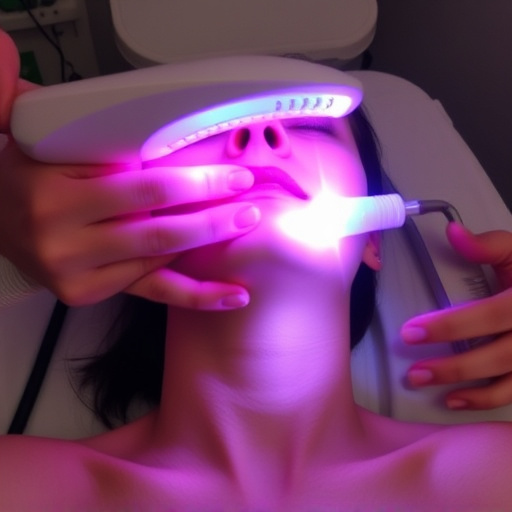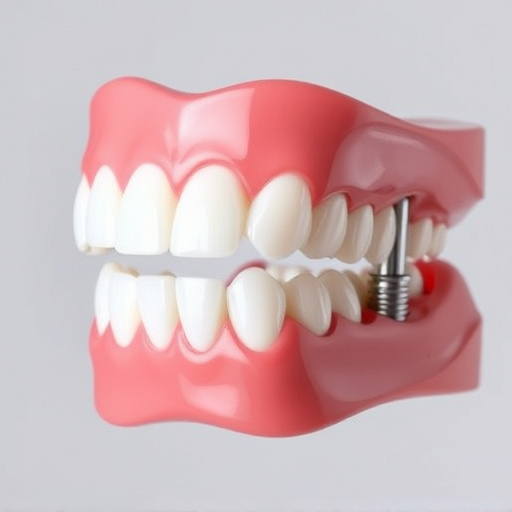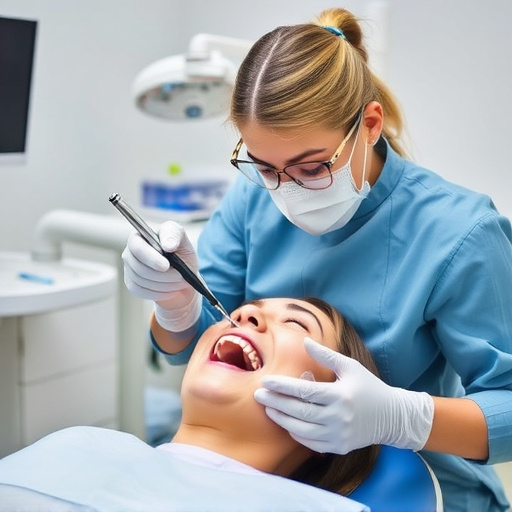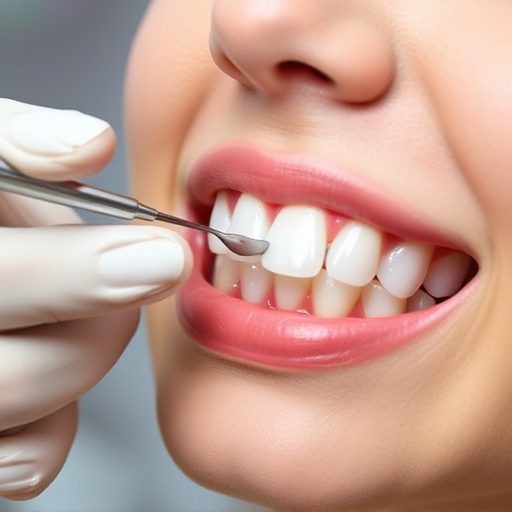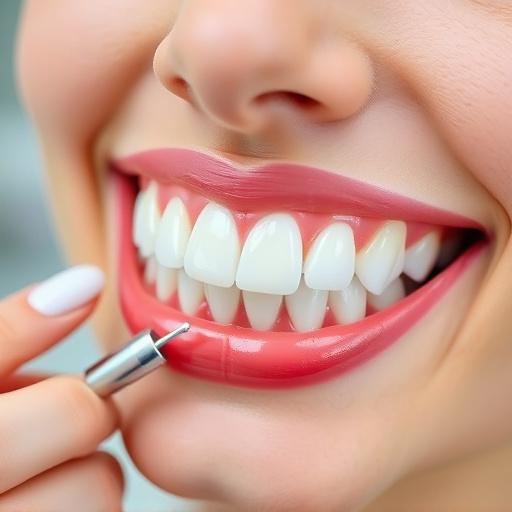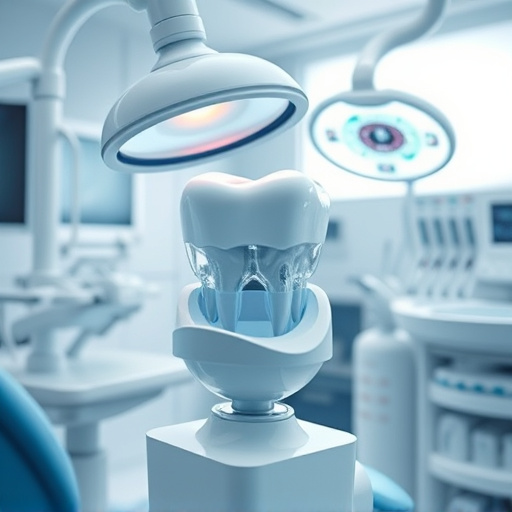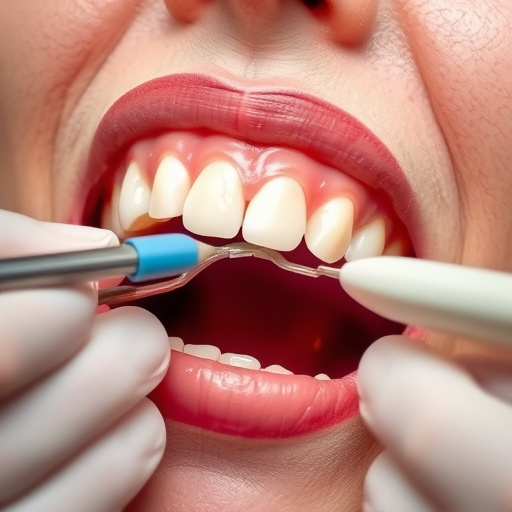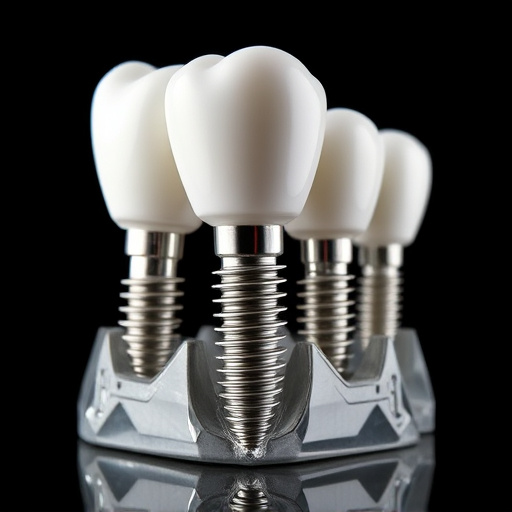Oral sedation dentistry offers a modern solution for patients with dentophobia or severe anxiety, providing a calm and controlled dental experience. This method combines oral medications with minimal conscious sedation, tailored to individual needs, ensuring safe monitoring and encouraging regular check-ups for improved long-term oral health. By reducing fear and improving patient cooperation, it allows dentists to detect issues early, preventing complex treatments and streamlining dental care. "Navigating the Process" guides patients through preparation and recovery, emphasizing disclosure of medications, accompaniment post-procedure, rest, hydration, and following aftercare instructions for optimal outcomes in various dental procedures, including pedodontics.
“Unleash your smile’s potential with Oral Sedation Dentistry, a game-changer for routine checkups. This comprehensive guide delves into the benefits of using sedation techniques to transform stressful dental visits into comfortable experiences. From understanding the basics of oral sedation to navigating the preparation and recovery processes, this article is your ultimate resource. Embrace a new approach to oral health, making regular checkups an enjoyable part of your lifestyle.”
- Understanding Oral Sedation Dentistry: A Comprehensive Guide
- Benefits of Using Sedation for Routine Dental Checkups
- Navigating the Process: Preparing for and Recovering from Oral Sedation
Understanding Oral Sedation Dentistry: A Comprehensive Guide
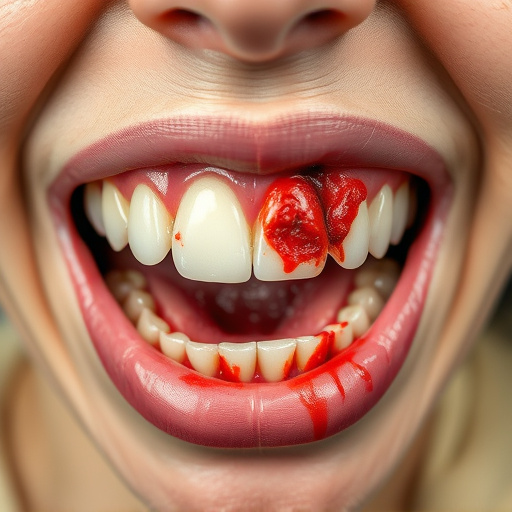
Oral sedation dentistry is a state-of-the-art approach that combines oral medications with minimal conscious sedation to help patients manage anxiety during dental procedures. This innovative method allows individuals who experience dentophobia or severe anxiety to receive much-needed comprehensive dental care, including routine oral exams and even complex treatments like dental implants.
During an oral sedation dentistry procedure, a qualified dentist will prescribe and administer medication that induces a state of calmness and relaxation. This can range from simple sedatives to more advanced options, ensuring patients remain comfortable throughout their visit. The process is carefully monitored, allowing individuals to breathe easily and maintain awareness, making it a safe alternative for those seeking relief from dental anxiety while still maintaining control. By addressing the root cause of fear, oral sedation dentistry encourages routine check-ups, promoting long-term oral health and overall well-being.
Benefits of Using Sedation for Routine Dental Checkups
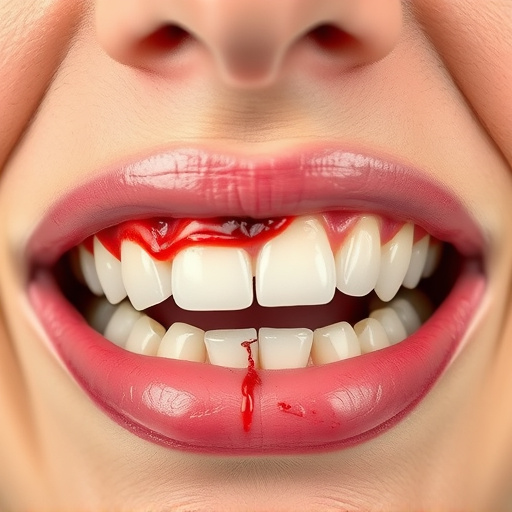
Oral sedation dentistry offers a multitude of benefits for patients facing routine dental checkups. One of the primary advantages is its ability to significantly reduce anxiety and fear associated with visiting the dentist. Many individuals experience dental phobia, making it challenging to maintain regular oral health care. With oral sedation, patients can relax and feel at ease during their appointment, encouraging them to keep up with scheduled checkups. This method ensures that even those with a history of avoiding dental care due to anxiety can now access the necessary treatments for optimal oral health.
Furthermore, incorporating oral sedation dentistry into routine checkups can streamline the overall dental experience. By facilitating better patient cooperation and comfort, it allows dentists to thoroughly examine teeth and gums, potentially detecting issues early on. This proactive approach to restorative dentistry, including procedures like dental implants or crowns, is invaluable in maintaining long-term oral health and saving patients from more complex—and costly—treatments down the line.
Navigating the Process: Preparing for and Recovering from Oral Sedation
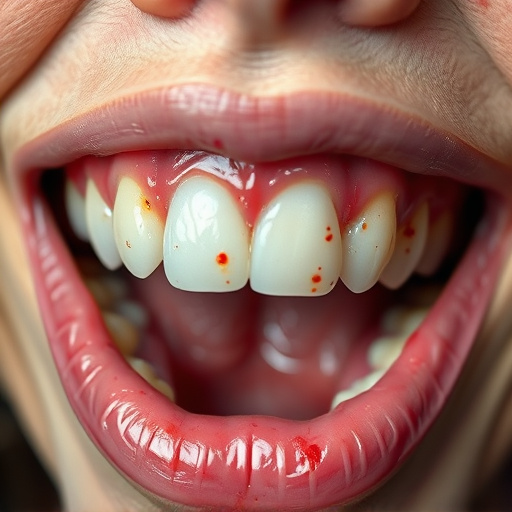
Navigating the Process: Preparing for and Recovering from Oral Sedation
Before your oral sedation dentistry appointment, it’s important to prepare by informing your dentist about any medications or medical conditions you have. This includes sharing details about over-the-counter supplements or prescription drugs, as these can interact with the sedation medication. Additionally, ensure you arrange for someone to accompany you to and from the dental office, as oral sedation may impair your ability to drive or operate machinery.
Recovery from oral sedation typically involves rest and relaxation. Follow your dentist’s aftercare instructions carefully, which may include avoiding certain foods and beverages until the sedation wears off completely. While general dentistry procedures like tooth extractions might be more common under sedation, it’s also used in children’s dentistry for less invasive treatments to make appointments easier and more comfortable for both patients and parents. Remember, staying hydrated and gradually returning to your regular diet will aid in a smoother recovery process.
Oral sedation dentistry offers a comfortable and relaxing alternative for individuals who experience dental anxiety, making routine checkups less daunting. By understanding the benefits and process of this method, more people can take charge of their oral health. With proper preparation and post-treatment care, oral sedation dentistry encourages regular dental visits, contributing to improved overall well-being.
